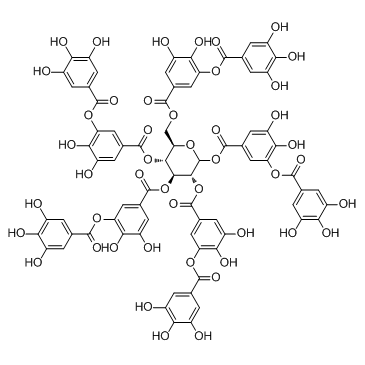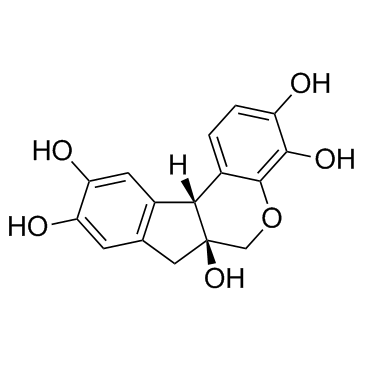| Structure | Name/CAS No. | Articles |
|---|---|---|
 |
sodiumborohydride
CAS:16940-66-2 |
|
 |
Tannic acid
CAS:1401-55-4 |
|
 |
Hematoxylin
CAS:517-28-2 |
|
 |
6-Carboxyfluorescein
CAS:3301-79-9 |